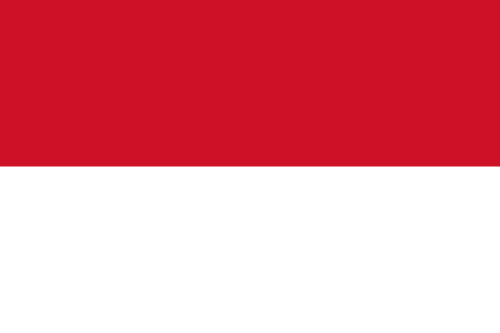PORTSMOUTH, NH: Shrimp experts from around the world will gather in Bali this June for the third annual TCRS Shrimp Summit—a one-of-a-kind event that explores the issues impacting the industry's health and future, from the pond to the market. The summit is unique not just because it represents the full value chain, including major buyers, but because it spotlights the topics, both technical and tactical, that are driving change.
This year's Summit, which takes place 22-25 June, 2025, introduces several new sessions that demonstrate the event's role as a singular forum for investigating the issues that matter.
One such issue is Shrimp Welfare, particularly the use of eyestalk ablation for rapid egg production. Dr. Simão Zacarias, one of the session speakers and a recipient of the 2020 Global Aquaculture Innovation Award, says that, "although eyestalk ablation can boost egg production, it is also associated with female broodstock stress, physiological imbalance, mortality, and compromised diseas resistance in offspring."

